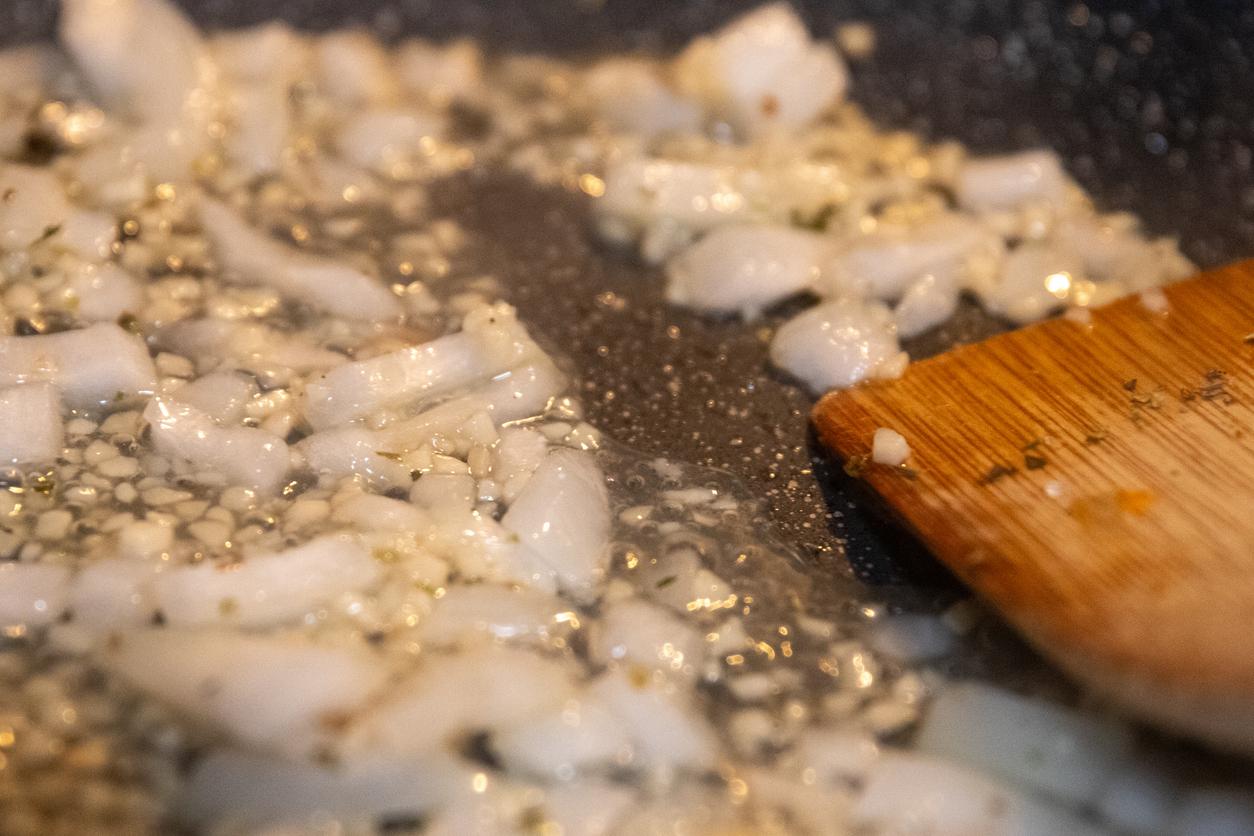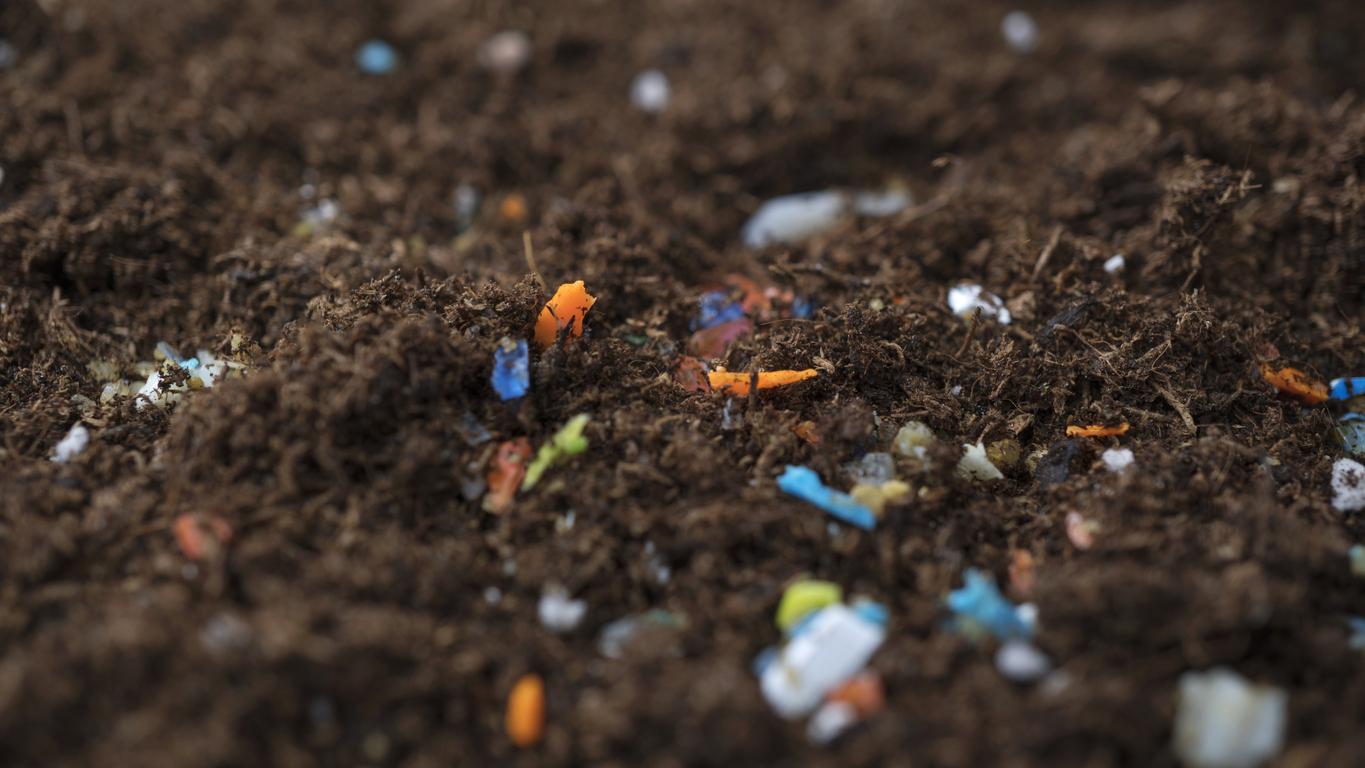Over 9,000 edible plant fossils have been unearthed in Israel. A major discovery which suggests that the Paleolithic diet was more varied than previously thought.

This fossilized grape seed gives many clues to the Paleolithic diet. In the Jordan Valley, Israel, a veritable mine of information has been discovered. More than 9,000 edible plant remains were unearthed by a team from the Hebrew University of Jerusalem. They were consumed by men of the Stone Age, explain the researchers in the journal of the American Academy of Sciences, PNAS. Their analysis provides valuable details about the diet of our ancestors.
10 extinct species
The followers of paleo diet seem to have hit the nail on the head: in addition to hunted animals and caught fish, Paleolithic men relied on available flora. And their diet was pretty varied, judging by this latest study. No less than 55 different species of edible plants have been updated. They range from tuber to leaf, including traditional fruits and nuts. “We had the opportunity to discover a large number of remains of fruits, nuts and seeds in trees, shrubs and the lake, alongside animal remains and man-made tools”, details Prof. Naama Goren-Inbar, last author of the publication.
Some of the plants consumed then have disappeared from the face of the earth: 10 species only existed in the prehistoric era, including some water nuts. For the rest, the fire was a privileged cooking tool. The traces of combustion found on the site of Gesher Benot Ya’aqov owe nothing to chance. “The use of fire, for roasting nuts or roots for example, makes it possible to use the different parts of the plant,” says Professor Goren-Inbar. And evacuate the inedible parts.
Up to 32 species per season
The configuration of the place is not foreign to this exceptional discovery. Because food remains are very rare apart from animal skeletons. But the excavation site was successively submerged by the Jordan River, which irrigates the region, and the Houla lake. The scarce oxygen and layers of sediment helped preserve these traces of past life.
These conditions also made it possible to distinguish seasonal variations in the diet. The widest variety of plants is available during summer and spring, with 32 different species. Even outside these periods, the plant resources were “surprisingly numerous”, according to the researchers’ own admission. Nuts and fruits were more focused on the warm seasons while the colder weather was accompanied by more green vegetables.
To this were probably added animal proteins from the lake – amphibians, fish and other invertebrates – or from the land – elephants or deer. Enough to facilitate the passage from Africa to Asia. Because Gesher Benot Ya’aqov is located on the Levantine corridor, a privileged place of migration of the first men.
Agriculture started in Syria
For a long time, man was satisfied with the plants that surrounded him. An unimaginable portrait for modern man, who makes a living from agriculture. It was in the Neolithic that a revolution occurred, near the town of Soueïda (Syria): the domestication of cereals. Spanish researchers have discovered the probable origin of this phenomenon on the Tell Qarassa site. They report their discovery in PNAS. 11,000 years ago, the community began to domesticate the flora. It was the beginning of agriculture.
“The process began when the hunter-gatherer communities started harvesting cereals, which led them to transform these wild cereals by sowing them, and to harvest them using sickles,” says Juan José Ibáñez who sign the study. The seeds were made in the fall, the harvest organized in February-March. 3 different species were then domesticated: one of barley and two of wheat – including spelled. These are the oldest traces ever discovered. It remains to be seen whether the seeds sown in southern Syria have caused a storm of innovation in the rest of the Middle East.
.















